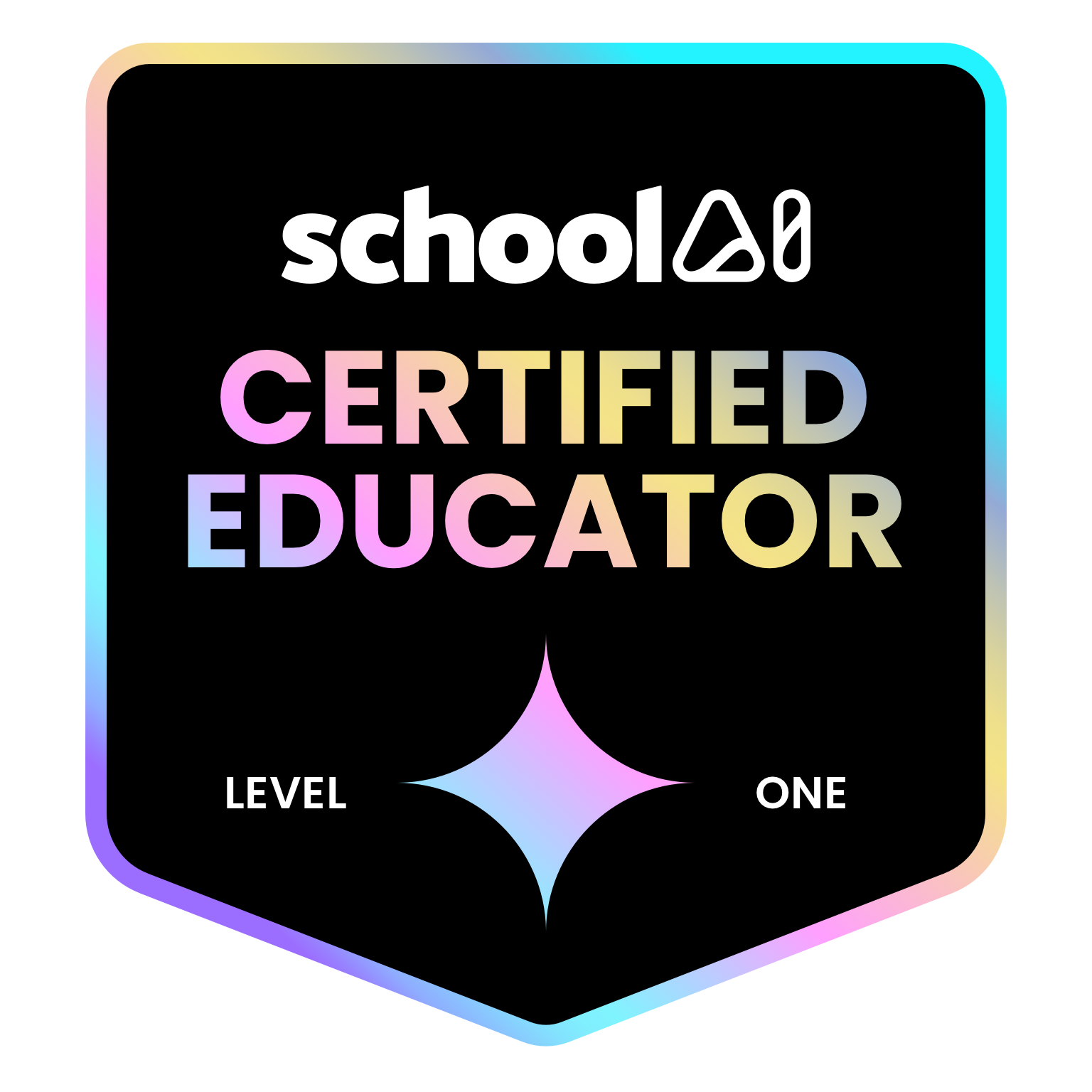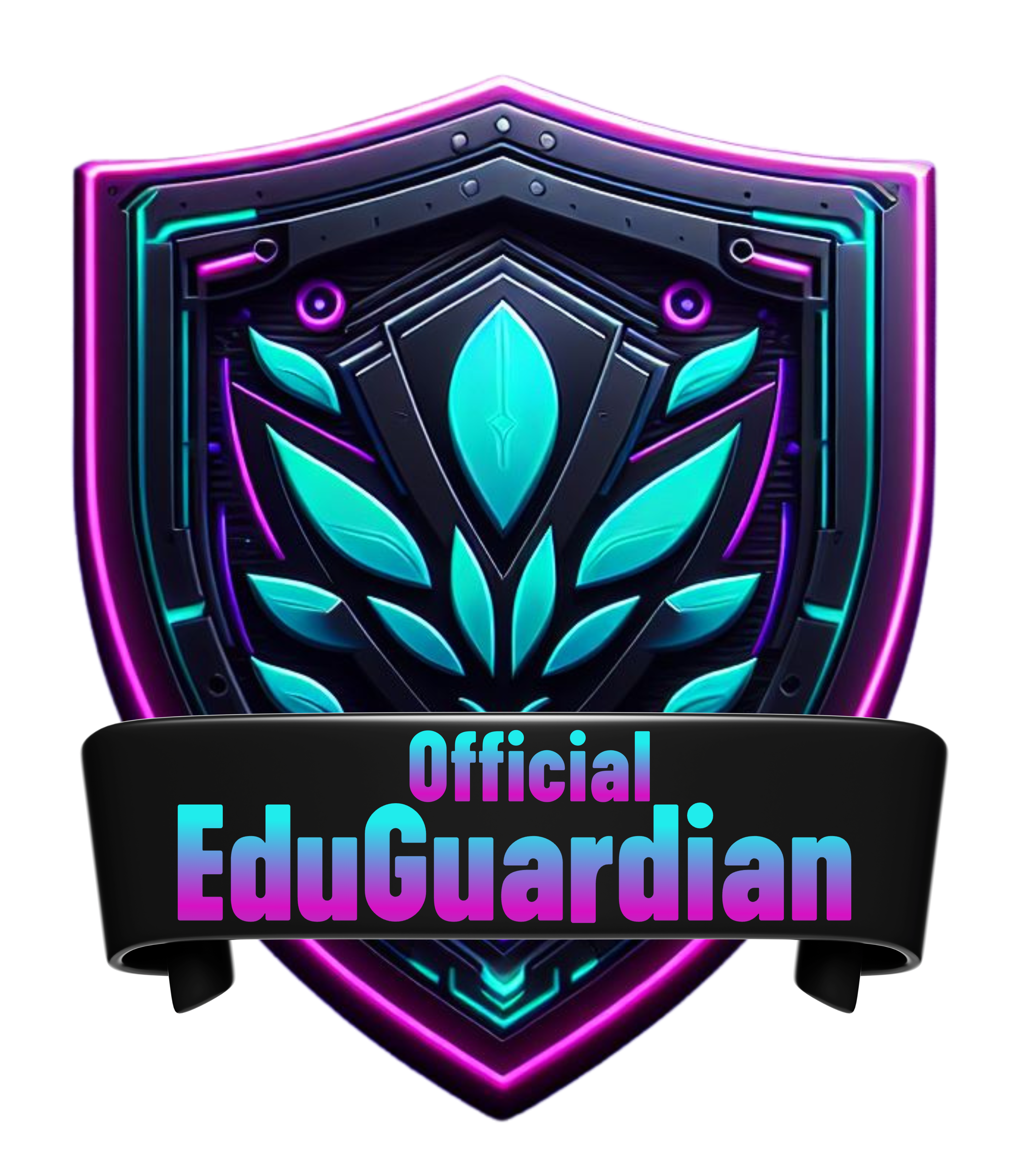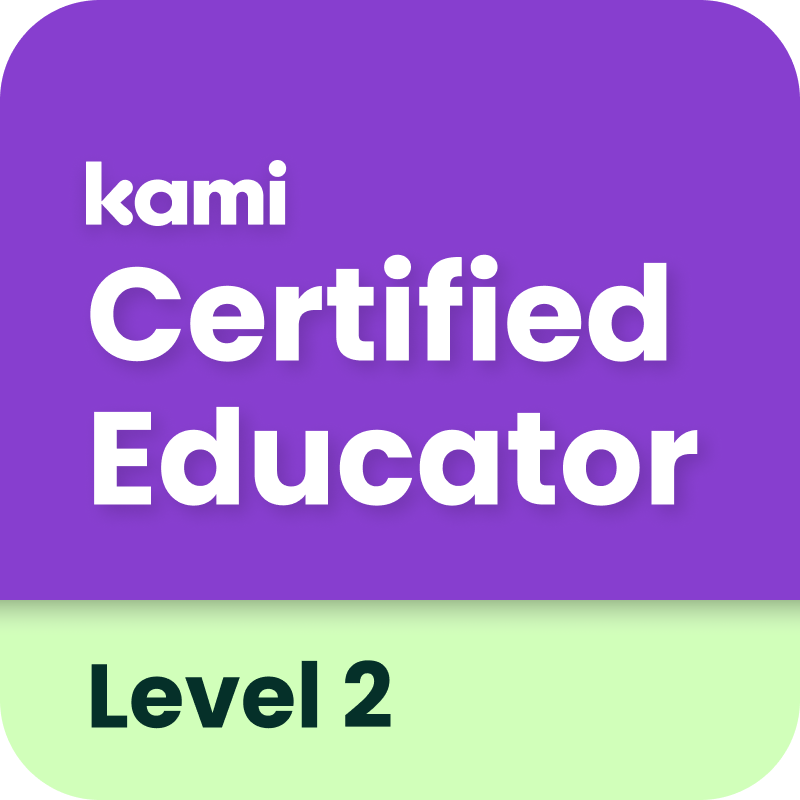This post originally appeared on the CORELaborate blog.
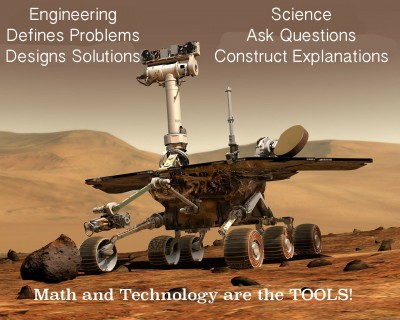 I’ve written about the state of the Scientific Method in the NGSS era and I’ve also written about the DOING of Science. Both those blog posts are about how the NGSS is helping teachers to educate students not only in the content of Science but how Science is actually done in the world outside of education. The one dimension both blog posts have in common are the Science and Engineering Practices (SEP), which makes sense because if any part of the NGSS details how Science is actually done it’s the part that details the actual practices of doing Science and Engineering.
I’ve written about the state of the Scientific Method in the NGSS era and I’ve also written about the DOING of Science. Both those blog posts are about how the NGSS is helping teachers to educate students not only in the content of Science but how Science is actually done in the world outside of education. The one dimension both blog posts have in common are the Science and Engineering Practices (SEP), which makes sense because if any part of the NGSS details how Science is actually done it’s the part that details the actual practices of doing Science and Engineering.
During another training webinar from the Olympic STEM Pathways Partnership (OSPP) that I have been participating in for the past three years, Kim Weaver, the STEM Coordinator for our Educational Service District, shared some more amazing resources with us. The stuff Kim shared with us is so amazing that I have to share them here!
One thing we have to keep in mind that Kim reminds us during each training webinar is that the SEPs are not a recipe that we have to follow in the order they are laid out in the NGSS website and nor is it a requirement that we target all eight practices in every single lesson or even every single unit. That being said, the SEPs usually work in tandem as students conduct investigations bouncing from one to another. What the NGSS hopes to do is provide us teachers a better way to expose our students to science as it actually happens.
You can compare the SEPs to the traditional steps of the Scientific Method. Instead of looking at the SEPs as a linear list, we were shown the following graphic:
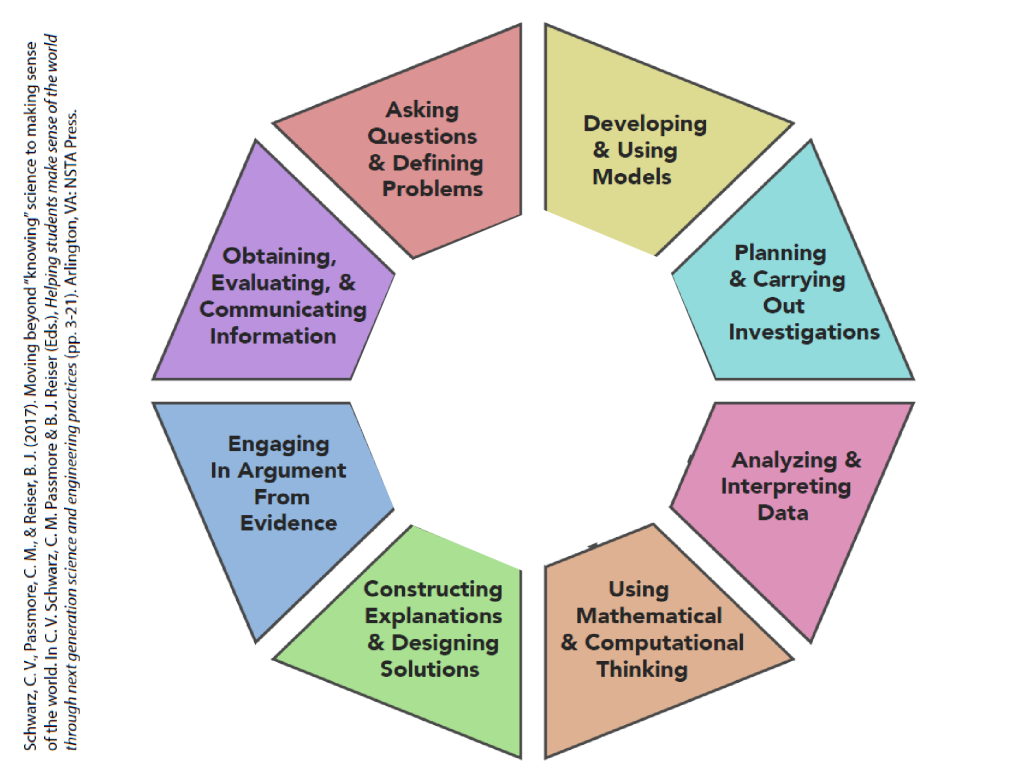
Using the above graphic one can trace the SEPs in the order they are carried out during any investigation forming a web like the one below that came from the Next Generation Science Storylines website (click on the image below to go to the PDF from the storylines website).
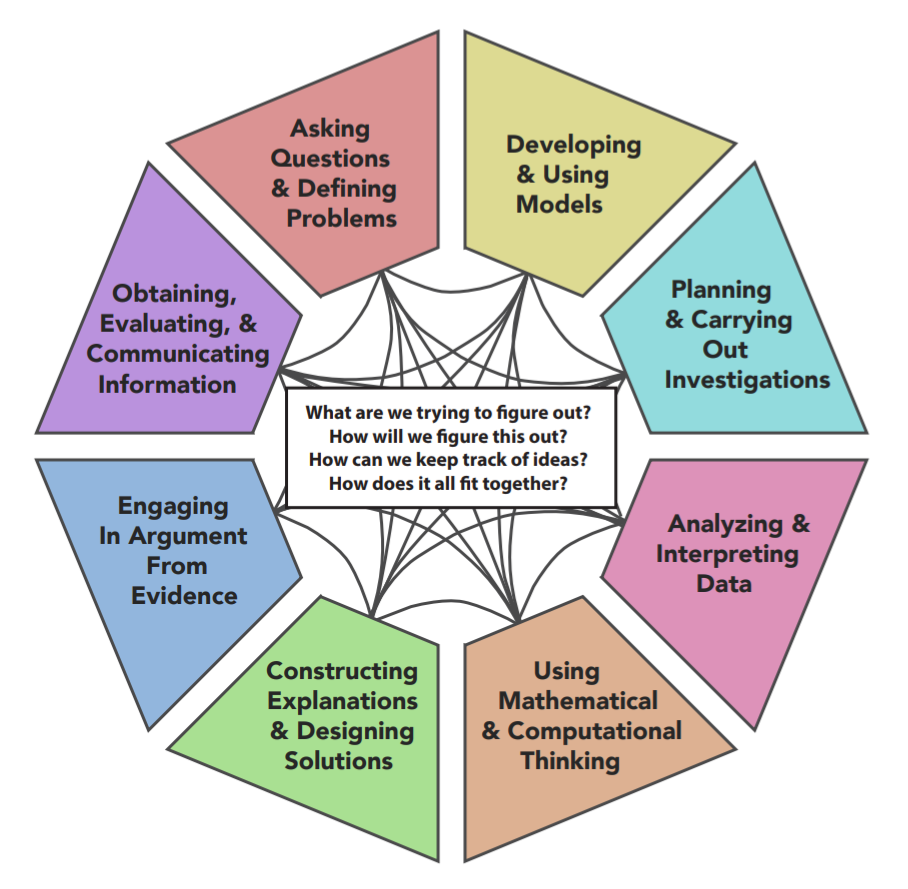
The above graphic shows that science does not have to be linear. Engineering is a process that lends itself more easily to being iterative and non-linear yet most of us were trained to teach science using a more step-by-step method, aka the Scientific Method.
Another graphic Kim showed us is the one below from Carolina Biological showing how the Scientific Method and the SEPs are used to solve problems. This graphic shows the whole process as circular but it’s really just the line wrapping around itself so still quite linear:
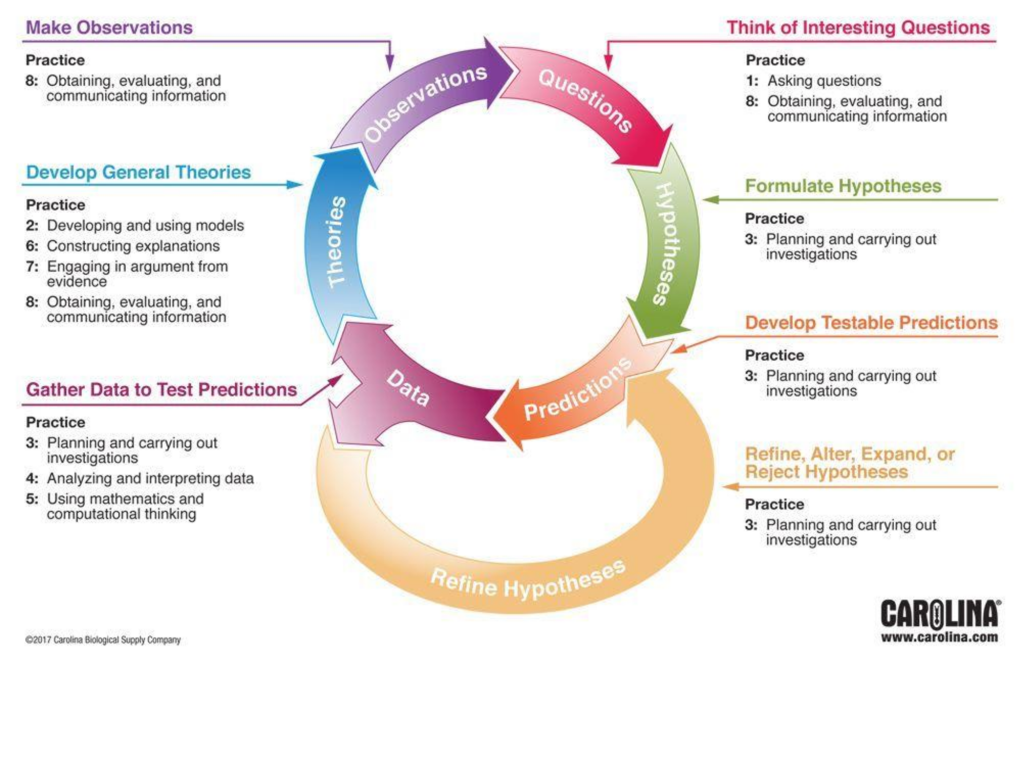
So the Scientific Method itself is not necessarily obsolete, it’s just that it isn’t really done in a linear, step-by-step fashion. Taking the different ways to show how the SEPs work to do Science and using the works of Moulding, Brett D. and Rodger W. Bybee and Nicole Paulson. “A Vision and Plan for Science Teaching and Learning.” 2015, Kim put together the following graphic, still in draft mode, that many of us really liked during the webinar:
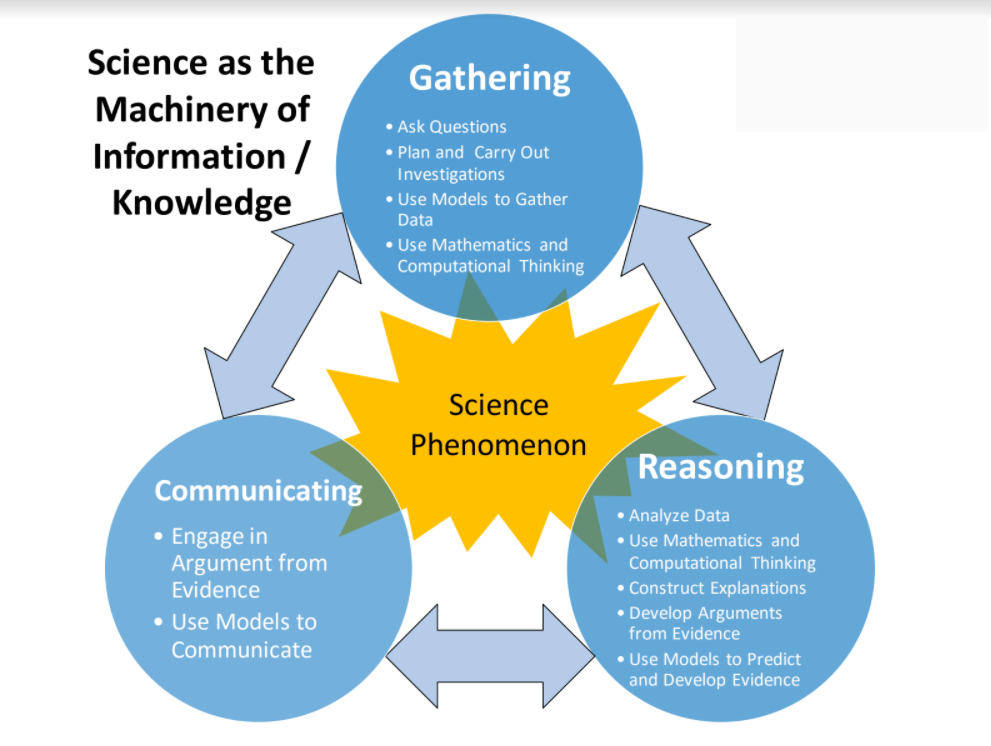
For me, the above graphic is helpful if I were to use it with students because it’s not too busy or complex yet gets the idea across. If I do use this with my students, I want them to be able to understand it without getting too confused. I’m still working out how I want to use it so that students can see how Science is done and how they can do Science in school.
The graphic below is one such example of a complex display of Science but it is quite realistic and complete. This graphic comes from Understanding Science:
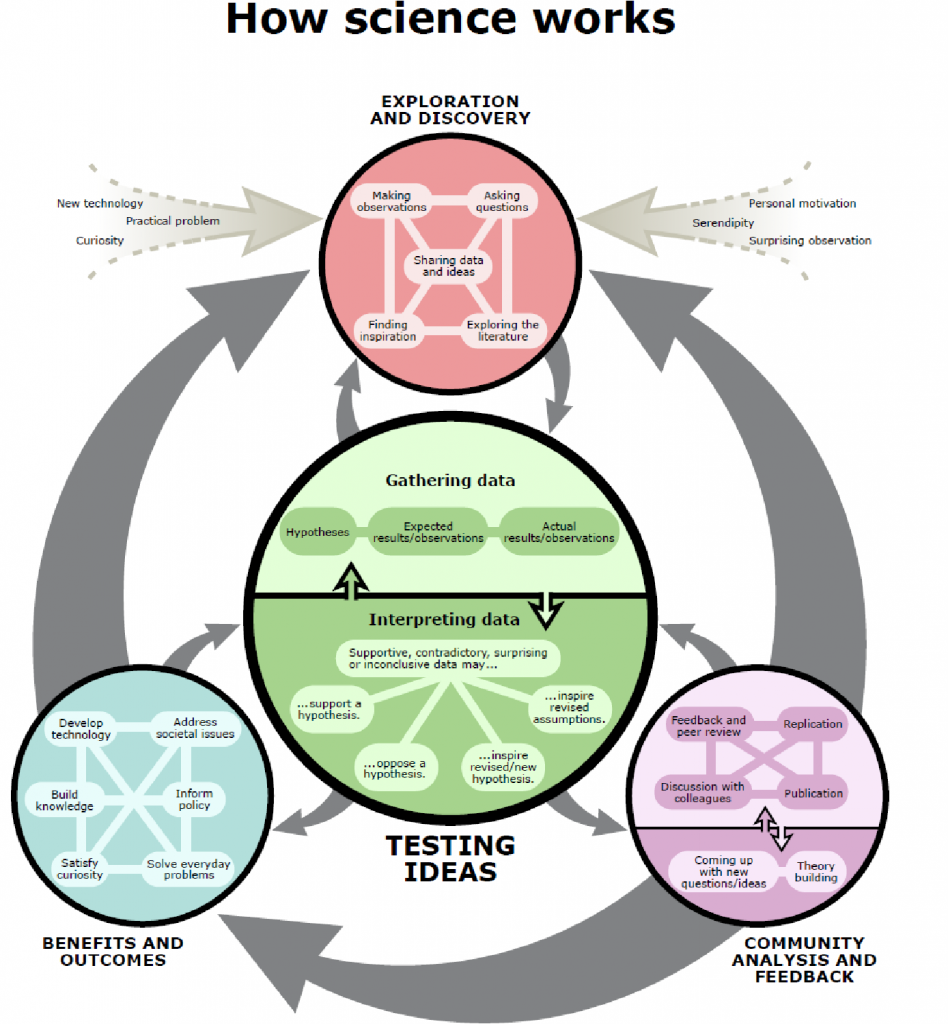
What’s cool about the above graphic and the website is their, “The Real Process of Science,” webpage. There’s this tool for mapping the scientific process that you can download at their software webpage. Watch the video below to see how it works:
Here are some maps showing how different scientists do their work. The SEPs are the way to bring inquiry into our science classrooms and having students be aware of how they are using the SEPs is a great idea. Do you have any ideas for using the SEPs in your classes?










